Uncrewed aerial systems (UAVs), eVTOL solutions, urban air mobility concepts, and emerging zero-emission aircraft are reshaping the future of aviation. As these new platforms evolve, they face the challenge of atmospheric in-flight icing. Unlike conventional aircraft, these vehicles feature diverse configurations, operate in new mission profiles, and rely heavily on autonomy and electrification—factors that fundamentally alter how icing affects performance, safety, and ice protection system design.
This presentation explores how icing on UAVs and other disruptive aircraft architectures differs from established aviation experience and why these differences demand new research approaches. Using UAV icing as a central case, the talk will discuss how advances in modeling, detection, protection technologies, and experimental methods can unlock safer and scalable operations. It will further highlight recent research progress, emerging international initiatives, and opportunities for collaboration across the European aerospace community. By addressing these challenges collectively, the research community can accelerate innovation not only for UAVs, but also for the broader transition toward next-generation and environmentally sustainable aviation.
UAV Icing Lab, Department of Engineering Cybernetics,
Norwegian University of Science and Technology (NTNU)
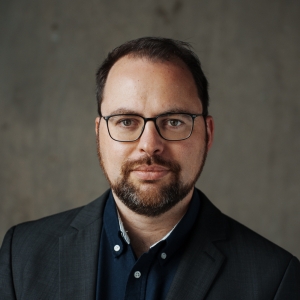
Carbon fibre reinforced structures have significant importance in the aerospace industry due to their outstanding mechanical properties. However, since thermoset matrix materials have limited capabilities in terms of repair, reuse and recycling, recently strong efforts are taken to investigate the use of thermoplastic matrix materials instead. A promising approach seems to unite both the ability to re-soften multiple times and the feature to be liquid prior to polymerisation, enabling those materials to integrate seamless into existing process chains.
In the public funded research project "DIMENSION" we investigate the suitability of thermoplastic resin systems for creating thermoplastic composites using classical resin infusion technologies. By combining this well-established manufacturing method with robotic ultrasonic welding for joining of components a very powerful toolset for future composites can be established.
During the project the mechanical performance as well as the processing parameters will be investigated. The welding parameters have to be identified and characterised. To address typical issues in serial production, a special focus is being laid on the possibility to reshape components after manufacturing or welding by purposefully introduced heat to reduce production induced warp, usually causing additional weight and cost in composite production.
Finally, an LCA analysis of the production cycles for demonstrator parts will be conducted in the project. The demonstrator structure represents an all-composite structure of a passenger door for a next generation commercial aircraft. The structure will be dynamically tested to investigate the fatigue performance of materials and welding technology.
The demand for sustainable aircraft solutions is accelerating the development of flexible manufacturing concepts for composite structures. An integrated approach brings together lightweight materials, automated processing, and adaptable production flows to reduce environmental impact and operational costs. The main focus is placed on lightweight composite designs that contribute to significant in-flight energy savings, especially for novel interior panel concepts tailored for next-generation aircraft cabins. Therefore, Automated Fiber Placement (AFP) technologies are of great importance because of their resource-efficiency and flexibility. They are combined with emerging processes such as adaptive tooling, out-of-autoclave curing, and automation strategies. New process chains and material concepts are developed to enable high flexibility while maintaining structural performance and reproducibility. The results demonstrate that smart automation, flexible tooling, and digitally supported manufacturing workflows can substantially enhance production efficiency, reduce waste, and support scalable customization.
Institute of Aircraft Design (IFB),
University of Stuttgart,
Germany

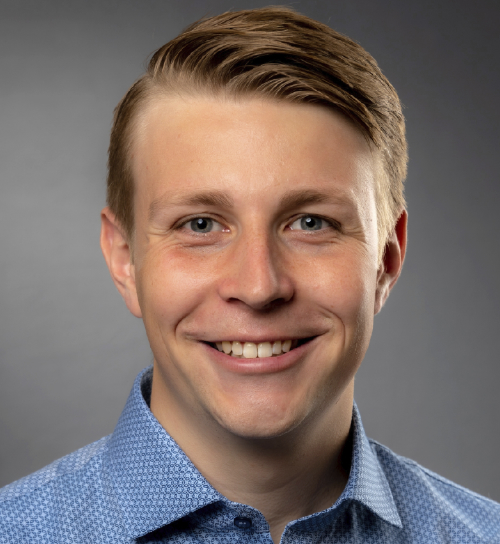
Whilst the design, manufacturing and material constituents of structural fibre-reinforced polymer composites have been largely improved the past years, there are still major issues pertaining to degradation especially in challenging operational conditions such as in the offshore. Coupled environmental aging with service-induced degradation lead to significant deterioration during operation. Moisture, rain & sand erosion, UV radiation, lightning strikes, impact damage as well as thermomechanical fatigue are the major causes of degradation. As the effects of the aforementioned conditions (which in most cases act in combination) are not always fully understood, unexpected behavior during service often results in structural failures. This undoubtedly reduces the reliability of composites as structural elements making investors and stakeholders reticent in long-term investing in lightweight structures. A complete analysis of the drawbacks of composites that hinder them from being fully adopted by the industry and especially the aerospace sector will be presented along with ideas and potential solutions to overcome such obstacles pertaining to nanotechnology, modelling tools and advanced non-destructive testing.
Laboratory of Advanced & Sustainable Engineered Materials Lab (ASEMlab)
Faculty of Engineering
Norwegian University of Science and Technology
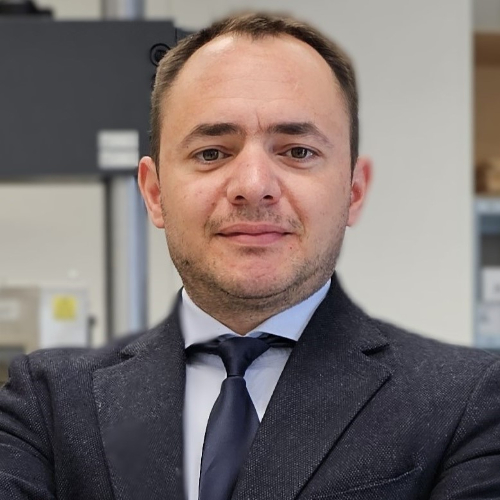
In this lecture, various numerical methodologies applied in the impact on aeronautical structures and developed at the Project Laboratory for Numerical Modelling of Damage in Aeronautical Structures at FMENA have been demonstrated. They include low velocity impact typical in airline operations, bird strike impact, crash worthiness of aeronautical structures, impact behaviour of self-healing composite structures and others. Various damage modes that include different damage/failure criteria have been tackled, including delaminations and other inter/intralaminar modes, in unidirectional or woven composites. All numerical simulations have been performed using ABAQUS with application of UMAT / VUMAT user subroutines.
Department of Aeronautical Engineering
Faculty of Mechanical Engineering and Naval Architecture (FMENA)
University of Zagreb (Croatia)
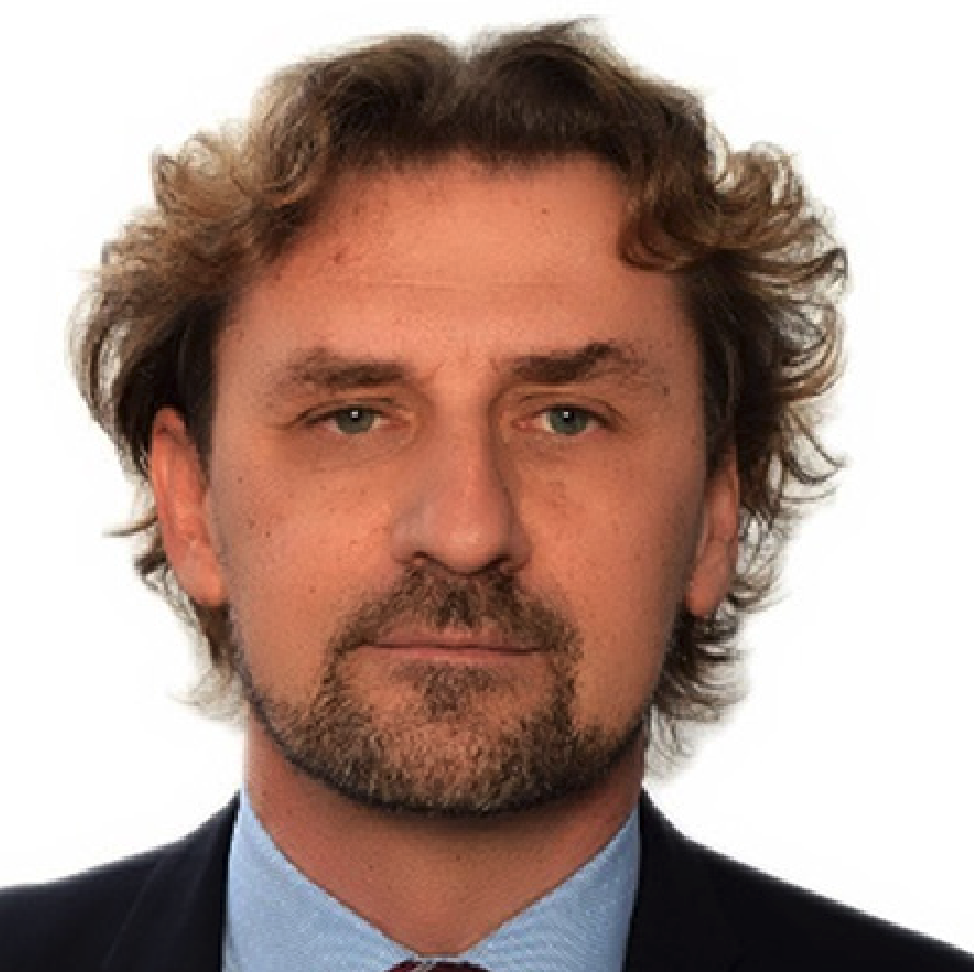
In this talk, Dr. Raffaele Longo will present the latest research advancements on the development of cutting-edge sustainable processes with high energy savings for obtaining multifunctional structural composites usable in the aeronautical sector.
The possibility of sensitively reducing cost manufacturing, times, and obtaining more performing materials will be analysed, providing insights on how these innovations shape the next generation of sustainable aviation.
Assistance Professor of Chemical Foundations of Technologies
Department of Industrial Engineering
University of Salerno, Italy
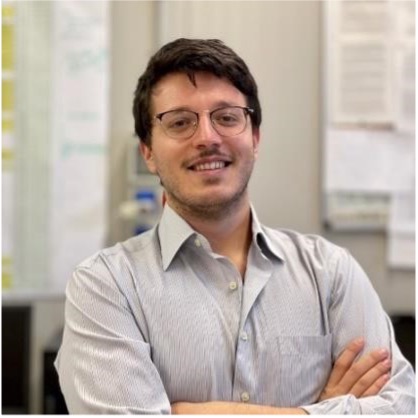
SURFICE has been a European Training Network funded by the European Union's under the Marie Skłodowska-Curie grant Action (2021-2025, 3.5 M€). It has used a combined experimental, theoretical, and engineering approach, with the goal to formulate a rational framework for the design, fabrication and testing of icephobic surfaces for industrially relevant applications. The three major research objectives of SURFICE have been: (i) investigation of the physics of icing of morphologically complex microstructured surfaces, (ii) rational design of new icephobic/anti-icing materials and coatings, (iii) development of new technologies and systems for efficient ice prevention and control.
During the talk, Carlo Antonini and David Seveno will provide an overview of the project results, discussing in particular the concept of discontinuity-enhanced icephobicity.
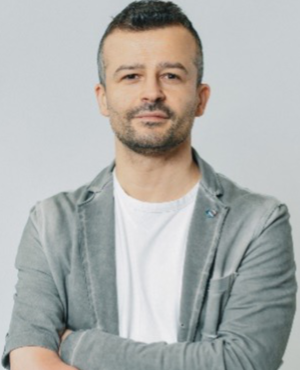
Associate professor
Department of Materials Science
University of Milano-Bicocca, Italy
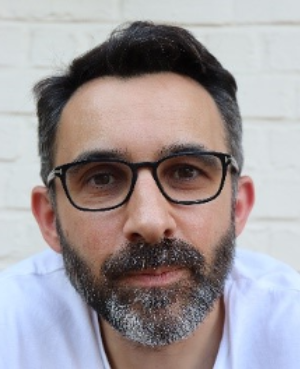
Associate professor
Department of Materials Engineering
KU Leuven, Belgium
In this talk, Francesca will present the latest results of the research activity on 3D printing of self-responsive materials, with a focus on a new strategy for designing 3Dprinted heaters for de-icing applications. The discussion will span the adopted approach, which allowed to obtain a thin, flexible, and scalable low-equivalent resistance value heater, integrated into fiberglass composite structures.
Research Fellow
University of Salerno
Italy

In this talk, Dr. Yang will present the latest research advancements from his team on aviation electrification, with a focus on contributions within the EU CleanSky & Clean Aviation programme. The discussion will span cutting-edge developments, from high-speed integrated motor drive systems for a turboprop engine mild-hybridisation to development of MW-level electrical propulsion. Emphasising key technological breakthroughs, challenges, and future directions, this talk will provide insights into how these innovations shape the next generation of sustainable aviation.
Professor of Aerospace Electrical Systems Power Electronics, Machines, and Control Institute
University of Nottingham, UK
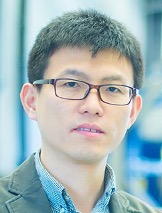
Adhesively bonded structures have attracted significant interest in the aerospace industry due to their advantageous properties. Adhesives have the ability to join complex structures and dissimilar materials, distribute loads homogenously and provide a high strength-to-weight ratio. However, the use of adhesive bonds is limited by the lack of reliable techniques for their non-destructive evaluation.
The goal of our research is to improve the reliability of non-destructive testing of adhesive bonds in order to expand their areas of application.
Adhesive bonds with different types of bonding defects have been investigated using different ultrasonic techniques and radiography. In addition, the possibility of detecting weak bonds using traditional ultrasonic methods and machine learning algorithms was explored. Finally, data fusion was implemented integrating the data from the different techniques. The research also included the development and refinement of advanced data processing techniques.
The work highlights the need for comprehensive non-destructive evaluation to assess the quality of adhesive bonds.
Head of the Department of Electronics,
Faculty of Electrical and Electronics Engineering,
Kaunas University of Technology
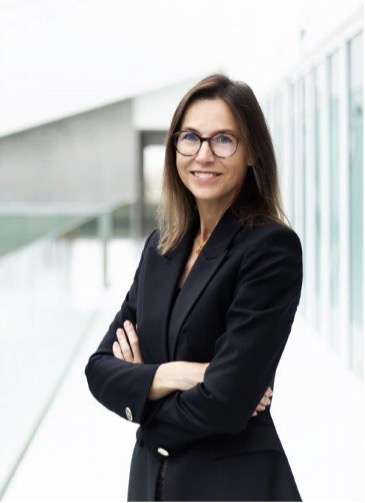
This webinar will discuss the use of mixed reality (XR) technologies in geospatial data analysis, visualization, and management. GeoXR offers an intuitive modality for viewing and interacting with geospatial data because both XR and geography are intrinsically spatial; XR allows for 3D, immersive cartography and information visualization, as well as relatively natural interaction modalities using hand gestures and embodied movement. This webinar will discuss present and future possible applications of GeoXR technology and the skills and resources necessary to engage with them, using examples of studies from the Faculty ITC, University of Twente.
Assistant Professor of Geovisualization
GIP Department, Faculty ITC, University of Twente

Stef Proost, professor emeritus at KU Leuven (Belgium) will explore the critical question of aviation’s role in reducing carbon emissions compared to other sectors. Key Topics include: How should aviation’s carbon reduction efforts compare to other sectors? What are the optimal policies for pricing and investment in transport to achieve environmental goals? What are the insights from analytical models addressing public policy questions in transport and energy pricing.
Professor Emeritus at KU Leuven,
Belgium

The deployment of satellite constellations and the announced introduction of novel ones are rapidly changing the scenario of satellite design and implementation, both in terms of manufacturing timescales and in-orbit placement. In such dynamic scenario, enabling front-end (FE) electronics plays a major role, being the key responsible for the payload and satellite system performance. III-V semiconductor technologies, the preferred choice for FE electronics, are gradually moving to Gallium Nitride (GaN), demonstrating higher power densities and better robustness: their qualification and adaptation to the space environment is crucial to maintain Europe’s leadership and competitiveness in Space. In addition, versatile and high performance components must be designed and implemented at higher and higher operating frequencies, to fulfill the increasing bandwidth requirements of new satellite services and the integration with terrestrial networks (5G/6G).
The talk will present the recent space qualification activities and the related circuit test vehicles development for advanced GaN/Si technologies, as carried out within the frame of a recently completed H2020 project (MiGaNSOS).
Constellation deployment in turn implies the implementation of efficient and high-performance inter-satellite links (ISLs). The resulting requirements posed in FE Electronics will be described in the talk, as resulting from two recently started Space projects (TRFE-V and DuReL-V), financed by the European Space Agency.
Full professor, Electronic Engineering Department,
University of Rome "Tor Vergata",
Rome, Italy
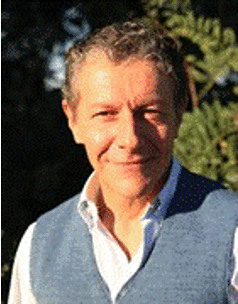
The Advisory Council for Aeronautical Research in Europe (ACARE) envisions that by 2050, all new aircraft will incorporate condition-based maintenance (CBM) as a standard design feature. This transformative approach is projected to reduce Maintenance, Repair, and Overhaul (MRO) process times and costs by 40%, enhance aircraft availability, and optimize asset utilization. Central to CBM is the continuous monitoring of aircraft performance via permanently installed sensors. A critical component of this framework is Structural Health Monitoring (SHM), which provides essential data for assessing the condition of key aircraft structures.
This talk explores the integration of SHM within the CBM framework and highlights key outcomes from the European ReMAP project—Real-time CBM for Adaptive Aircraft Maintenance Planning. Specifically, it examines the consortium’s efforts in developing a multi-sensing SHM system, ensuring data synchronization, and achieving information fusion. Special focus will be given to the project’s innovative machine-learning algorithms, which were instrumental in enabling health diagnostics and prognostics for primary structures.
Associate Professor, Aerospace Engineering Faculty,
Delft University of Technology,
Director of the Center of Excellence in AI for Structures, Prognostics and Health Management,
The Netherlands
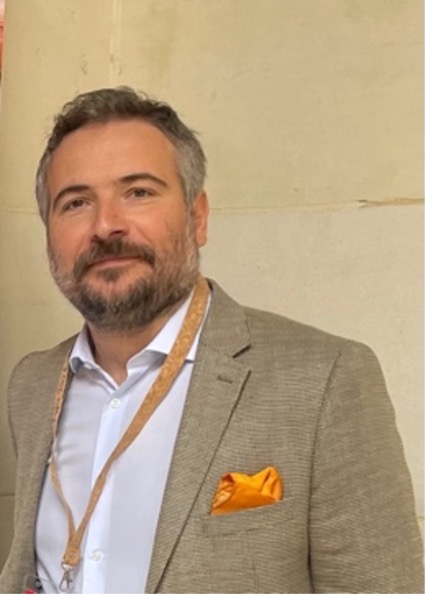
The aviation industry has to drastically reduce its environmental footprint with its next generation of aircraft, targeting carbon neutrality by 2050. This can no longer solely be achieved by incremental improvement of the classical disciplines such as aerodynamics, lightweight structures and jet engines. Instead, more disruptive solutions have to be introduced to achieve the ambitious targets expected by the legislative authorities and ultimately by the society.
Technology pathways explored today with a focused joint effort from industry, research and academia are new fuels on the one side and alternative propulsion with electrification and hybridization on the other side. Starting from the motivation for hybrid-electric flight, the presentation will give an overview of different propulsion system architectures on the basis of ongoing projects currently pursued in industry and research. This is followed by an analysis of the technical challenges and critical technology aspects for the elements of the various hybrid-electric power train architectures in view of maturity, aircraft integration and certification. The focus in this part is on the energy carriers and their storage, energy conversion and distribution and a synergetic integration of the electrical machines and finally the propulsors. Furthermore, the elements of a roadmap to market introduction of hybrid-electric aircraft are laid out, based on work performed in the frame of the H2020 project FutPrInt50 for a hybrid electric 50 seat regional aircraft. To conclude, an outlook is given on aviation research in the upcoming Framework Programme 10.
University of Stuttgart,
Institute of Aircraft Design,
Head of department Aircraft Design,
Stuttgart, Germany
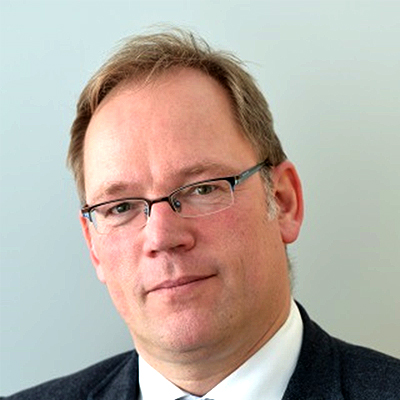
For aircraft icing a very relevant atmospheric condition is the presence of supercooled large droplets (SLD). These conditions have been added to airplane certification specifications and are of particular interest for industry, authorities and research. The EU project SENS4ICE (2019-2023, GA no 824253) addressed reliable detection and discrimination of SLD icing conditions. A novel hybrid approach for icing detection combines direct sensing (atmospheric conditions / ice accretion) with indirect techniques based on changing aircraft characteristics. After development, maturation and icing wind tunnel testing of icing detection technologies, with a focus on SLD icing conditions, two flight test campaigns in early 2023 served to test and demonstrate eight of the direct ice detection technologies under development and in addition the hybrid ice detection system including the indirect ice detection system primarily in SLD icing.
All detection technologies performed well during the flight demonstration and generally exhibited robust and timely ice detection behaviour. Particularly the hybrid ice detection approach showed the capability to provide both early detection and a continuous monitoring of ice accretion on the aircraft. This is very promising and can allow to assess the effectiveness of ice protection systems and/or ice accretion on unprotected surfaces during flight. This may pave the way for new approaches to ensure flight safety and comply with certification requirements.
The SENS4ICE project has received funding from the European Union’s Horizon 2020 research and innovation programme under grant agreement N° 824253 (SENS4ICE).
German Aerospace Center,
Institute of Flight Systems,
Braunschweig, Germany
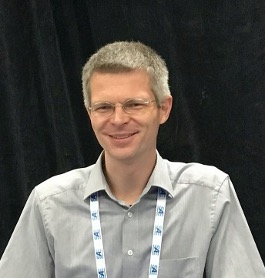
This talk introduces the field of bio-inspired drones, with a particular focus on insect-like flapping wing aerial vehicles (FWAV). After briefly going into the unsteady aerodynamic phenomena that make insect flight possible, the potential use cases are discussed, as well as the current state of the art in insect-like drone development. Recent achievements in the field are pointed out, along with key challenges that need to be overcome before the technology can progress to real-world deployment.
Finally, the talk highlights the FWAV-related research activities at KU Leuven, and how our research group aims to advance the understanding of insect-like fliers in order to further support FWAV development.
KU Leuven,
Department of Mechanical Engineering,
Leuven (Belgium)

Starting from the personal experience and research, the talk will introduce the cold gas dynamic spray (or simply cold spray) process and its multiple possible applications. After having introduced the process, the different cold spray plants and the parameters that defines the process, the attention is focused on the main applications of cold spray: coating, local repair and additive manufacturing, highlighting the attractive points as well as the current challenges. Finally, the attention is focused on the application of cold spray in aerospace engineering; some recent European research projects lead by the speaker are described. The first is aimed to assessing the potential of cold spray for structural repair, the second considers cold spray for the deposition of refractory High Entropy Alloys for the construction of thrusters for small satellites.
Based on the current results, a critical discussion of the present achievements and of the present and future challenges of cold spray concludes the presentation.
Politecnico di Milano,
Department of Mechanical Engineering,
Milan (Italy)

The talk will summarize some multi-disciplinary advancements in the context of fluid dynamics. Recent research on plasma-related systems and MDO including applications on intakes, ducts, UCAVs, and micro-propulsion will be presented. Some of the challenges associated with the interaction between the plume of a spacecraft’s retro-thruster and the planetary surface during landing and lift-off procedures will be discussed. Regarding the latter, understanding the nature of plume-regolith interactions is vital in the design of future space missions. The regolith ejecta produced by these interactions present numerous risks to the integrity of the spacecraft and the success of the mission. The resulting plume-surface interactions can then damage the spacecraft and any other hardware present on the planetary surface through a sandblasting effect. Furthermore, the produced dust cloud can affect a variety of spacecraft systems, such as covering optical surfaces, clogging mechanisms, and seals, and interfering with instruments and controls.
University of Glasgow,
School of Engineering,
United Kingdom
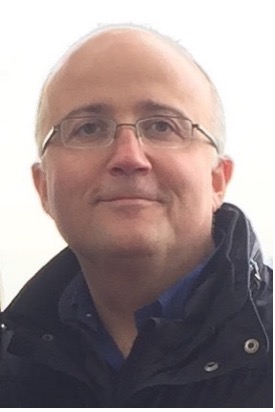
Recent years have seen significant progress in additive manufacturing (AM), leading to the development of advanced techniques such as Laser Powder Bed Fusion (LPBF) and Material Extrusion (MEX) AM. These advancements not only enable the production of honeycomb structures via AM but also offer opportunities to enhance and optimize their mechanical performance. However, there is limited research on evaluating the load-rate of metallic honeycomb structures manufactured using AM techniques, particularly under in-plane compressive loading.
This study utilized LPBF and MEX to fabricate honeycomb structures with different cell sizes. Through experimental evaluation, the mechanical performance characteristics of these structures were identified, along with the modes of deformation experienced during compressive loading at varying load application rates. The sensitivity of the load rate on the mechanical properties of LPBF and MEX materials was verified. Furthermore, the results were employed to validate a set of empirical models capable of predicting key mechanical properties, including plastic collapse stress. The study also established a viscoplastic dependency on the cell wall material (Steel 316L), which was incorporated into the empirical modeling.
Metal Plasticity & Additive Manufacturing Group,
School of Engineering, University of Limerick,
Ireland

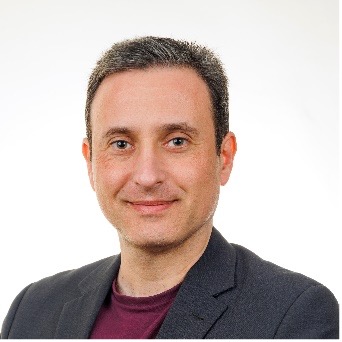
The current prevailing trend in design across key sectors such as the aviation sector, prioritizes eco-design, emphasizing considerations of environmental aspects in the design process. The current webinar aims to present a significant leap forward by proposing a design process where sustainability serves as the primary driving force. In this context, sustainability is positioned as a fundamental component to be integrated into the initial stages of design, introducing innovative multidisciplinary criteria that redefine the design paradigm. Within this framework, sustainability is characterized using a comprehensive and quantifiable metric encompassing technological, environmental, economic, social, and circular economy dimensions. The proposed design methodology's significance is rooted in its ability to effectively tackle the intricate challenges posed by conflicting sustainability goals and to optimize solutions, ultimately presenting the most sustainable design options. Furthermore, its adaptability positions it for potential application across various sectors, offering a transformative approach to sustainable engineering practices.
University of Patras,
Department of Mechanical Engineering & Aeronautics,
Greece
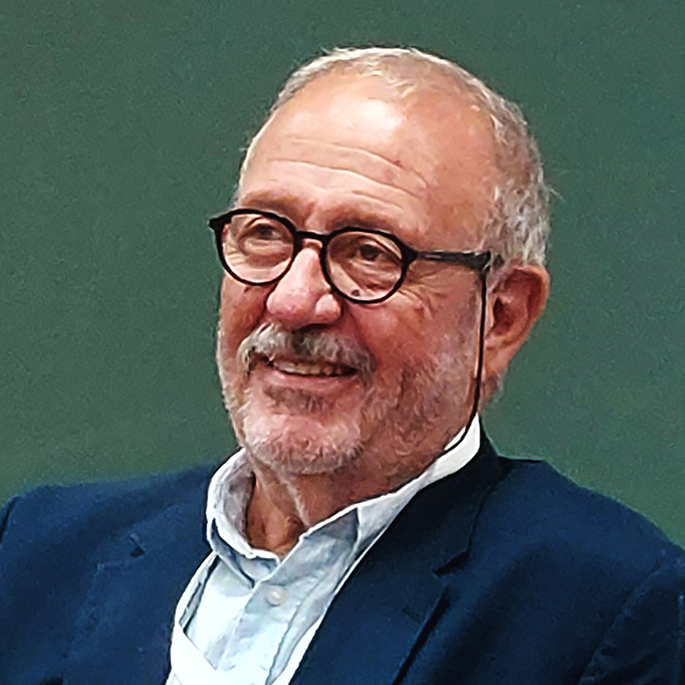
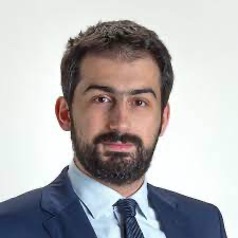
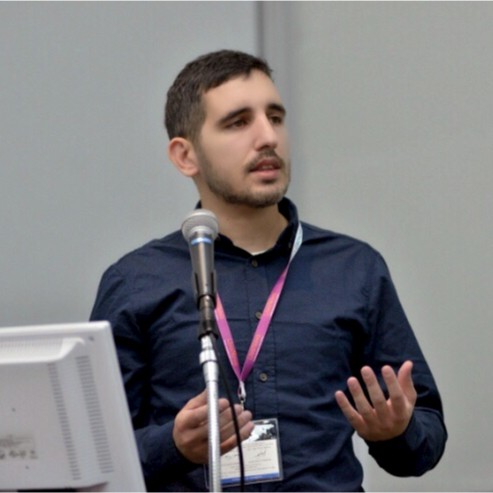
The disappearance of Flight Malaysian 370 in March 2014 remains one of the thick mysteries of aviation after 10 years. More experts, pilots, scientists, aerospace engineers, journalists tried to solve this mystery. This webinar presents the known facts, the final accident investigation report, the most relevant lines of research and their current status. It is a discussion of which hypotheses have been found not valid, and which scenarios are still on the table.
National University of Science and Technology Politehnica,
Bucharest Faculty of Aerospace Engineering,
Romania

While indispensable for aircraft structural design and residual strength assessment, numerical modeling tools faced challenges in accurately replicating real-world behavior and creating precise digital twins due to factors like material property variations, manufacturing-induced deviations, loading conditions, among others. Machine learning techniques, including physics-informed neural networks, enabled the handling of diverse uncertainties and the improvement of calibration and validation for numerical models. This was achieved by combining experimental inputs with simulations through continuous updating processes that refined digital twins, enhancing their accuracy in predicting structural behavior and performance throughout an aircraft's life cycle. These refined models could enable real-time monitoring and improve damage assessment, supporting decision-making in diverse contexts and contributing to the assurance of structural integrity and safety in aircraft structures throughout their operational life.
TEMA - Centre for Mechanical Technology and
Automation, Department of Mechanical Engineering,
University of Aveiro, Portugal
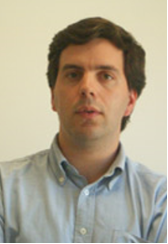
Even though the use of carbon fibre reinforced polymers (CFRPs) in airframes increased drastically in the last few years, large safety margins were still used, limiting the full exploitation of the benefits of CFRPs. The high susceptibility to subcritical damage mechanisms and the lack of knowledge and predictive capability of the mechanical response and of the complex failure behaviour of composite materials were among the main reasons. This presentation addressed some of the most recent contributions on composites failure modelling and characterisation with an eye on the certification by analysis of (disruptive) composite aerostructures.
Materials and Technological Processes Group of the Department of Mechanical Engineering (DEMec) of the Faculty of Engineering - University of Porto, Portugal
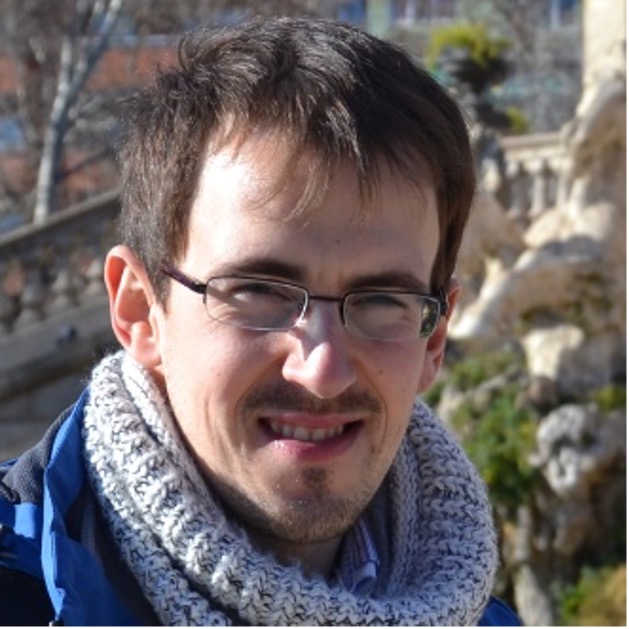
Helicopter drivetrain components (transmissions and shafts) are a very important part of a helicopter. The drivetrain must not fail under all operating conditions to ensure autorotation capability in every moment of the flight. Therefore, helicopter transmissions are specified in the Certification Specifications (CS) of EASA, especially in CS-27 (small rotorcraft) and CS-29 (large rotorcraft).
However, especially between 2009 and 2016 several incidents happened with about 50 people killed in North Sea offshore operation, caused by defects and damages in the Main Gearbox. Incidents also happened e.g. in 2022.
TU Vienna is active in the field of rotorcraft safety and improved gearbox components and contributes regularly to the European Rotorcraft Symposium of EASA. The presentation will give an overview of the activities at TU Vienna.
The presentation will give an overview of the activities of TU Vienna with regard to the mentioned incidents. As EASA has recently finished a project about Improved Main Gearbox (MGB) safety this project will also be discussed in the presentation.
Institute of Engineering Design and Product Development E307,
Research Unit Machine Elements and Transmissions for Aviation
TU Wien, Vienna

The presentation focused on key project results obtained through testing activities at the Brno University of Technology Aircraft Testing Facility, especially in the field of small aircraft and space research. The interesting spacecraft test, as well as basic research of thermal characteristics for space applications, were mentioned. The presented results underlined the importance of excellent research infrastructures operating in an academic environment and their impact on the aeronautical industry in the Czech Republic and beyond.
BRNO UNIVERSITY OF TECHNOLOGY
Faculty of Mechanical Engineering
Dept. of Aerospace Technology

Aircraft technologies, including demonstrators, built under various EU projects, incl the Clean Sky and Aviation Joint Undertaking partnerships, require specific test facilities to improve their technological maturity, typically from TRL 6 to TRL 9, and for certification purposes before they are launched on the market. A discussion was initiated on how to address future key needs for improving (or building new) aeronautical research and technology infrastructures (e.g. wind tunnels, engine test beds, etc.) to upgrade them for disruptive technologies (e.g. hydrogen/electric propulsion systems) and accelerate market introduction. The presentation reflects on the discussions within the stakeholder groups.
European Commission,
“Future low emissions Industries” unit of DG RTD

This presentation provided a very special insight into the relationship between academic and industrial perspectives when maintenance, especially structural health monitoring, was concerned. It dealt with questions of the optimal balance between scientific research interests and the corporate perspective, but also with very practical issues.
The presentation concluded with some selected examples of how monitoring and advanced inspection could work in an industrial environment. These included the monitoring of corrosive liquids in aircraft, the detection of ice in fuel tanks, and the optical quantification of damage in dents.
University of Leuven, Department of Materials Engineering,
Group of Nondestructive testing and Materials Characterization

* The schedule will be updated with new entries